- Home
- Fishing Tips
- How to Catch Mackerel
Here's How to Catch Mackerel
It's a good skill to have, knowing how to catch mackerel. They're a high protein food and rich in omega 3 fatty acids, which is a type of fat that helps reduce the risk of heart attacks. Mackerel are extremely good for you.
And as all saltwater fisherman know, there's hardly a fish in the sea that can resist a piece of fresh mackerel on the hook, so knowing how to catch mackerel quickly for bait is essential.
During the summer months in particular, mackerel abound around our shores.
Admittedly not in the vast shoals that they once did, but there are plenty still there - and they're easy to catch if you know how. And here's how...
 A handsome chap, the Atlantic Mackerel, isn't he?
A handsome chap, the Atlantic Mackerel, isn't he?
How to Catch Mackerel From a Boat
Mackerel are a shoaling fish, so if you catch one you can be reasonably sure that there are loads of his mates nearby just waiting to leap onto your hook.
They're a favourite baitfish for bass which attack from below the shoal, forcing the mackerel to the surface. Diving seabirds - gannets in particular - are swift to take advantage in this event and in doing so give away the shoal's location. So always be on the lookout for seabird activity and you too are almost sure to share in their bonanza.
When you know your boat is over a shoal of mackerel, the best fishing technique is...
Jigging for Mackerel - or How to Catch Mackerel with Sabiki Bait Lures
With the boat drifting and the motor turned off (it might spook the mackerel otherwise), use a string of Sabiki Bait Lures together with a pear-shaped lead weight attached at the lower end of the string.
Lower this slowly, jigging it up and down as you do so, until you feel a fish strike.
If you reach the seabed without hooking up, wind in a few turns and jig the lures a few times at that level, repeating the process until you reach the surface.
No luck? Try again...
Once you've located the fish, concentrate on jigging at that level.
Often you'll get a mackerel on every hook - a 'full house' as it's known - which isn't always good news, as the combined load of six mackerel all pulling in different directions can be too much for the string of lures.
To avoid this risk, I cut the hook points off the 2nd, 4th and 6th lure (counting from the top down) leaving me with a string of three active lures and three attractor lures. This way you still get the pulling power of six lures, without the pulling power of six frantic mackerel.
In the absence of diving seabirds, locating a shoal of mackerel isn't easy You have to go searching for them. And the places to look are around headlands and on the edge of tide rips.
Or you could try...
Trolling for Mackerel - or How to Catch Mackerel with a Paravane Rig
This technique is performed with the boat underway, motoring ahead at not more than three knots. Much faster than that and the mackerel is likely to decide that chasing after your lure isn't really worth the effort.
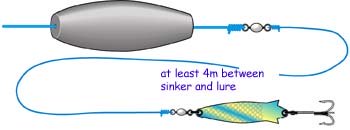 A mackerel spinner on a weighted trolling line
A mackerel spinner on a weighted trolling lineThis technique is performed with the boat underway, motoring ahead at not more than three knots. Much faster than that and the mackerel is likely to decide that chasing after your lure isn't really worth the effort.
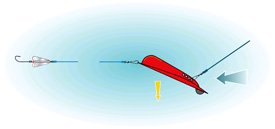 A mackerel spinner astern of a paravane
A mackerel spinner astern of a paravaneInstead of a heavy lead sinker, you could use a paravane.
These are small plastic boards - much like an inverted wing - that rely on hydrodynamics rather than gravity to pull your lure down below the surface.
Depending upon which towing eye you attach the reel line to, you can adjust the depth at which the paravane will operate.
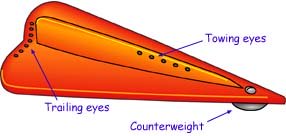 Paravane with multiple attachment points for both the main line and the leader
Paravane with multiple attachment points for both the main line and the leaderThe foremost eye will encourage the lure to stay close to the surface, whilst the aftmost eye will take your lure to maximum depth.
Similarly, by adjusting the position of the lure line on the trailing eyes you can control the horizontal angle to which the paravane swings out.
This is a very useful feature as it enables you to deploy two mackerel trolling lines and to keep them apart. One on the port side adjusted to swing the lure out further to port, and the other adjusted to keep it out well to starboard.
If you've also adjusted each one to fish at different depths, you've maximised your chance of finding the mackerel.
This is the ideal way to catch your supper from a sailboat without really trying...
How to Catch Mackerel from the Shore
Gently sloping beaches aren't the best shore marks to fish for mackerel. Mackerel like deep water, so steep-to beaches and piers, jetties and breakwaters are the places to try. There are several proven techniques, the first of which is...
Spinning for Mackerel
A light spinning rod, a fixed spool reel and a small lure is all you need - a Mepps GLO Aglia Plain Spinner is ideal for this, as they're weighted on the bar to aid casting.
I prefer to replace the treble hook with the single hook that comes with it.
Try not to be too disappointed if you accidentally pick up a bass...
Float fishing for Mackerel
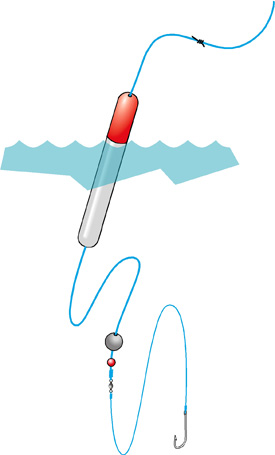 A simple float (bobber) rig
A simple float (bobber) rigThis sliding float rig is the rig to use when fishing for mackerel from a pier, jetty or breakwater.
Use a size 1/0 fine wire Mustad Aberdeen hook, and bait it with a small sliver of mackerel cut from the shiny flanks of a mackerel. Yes, I know we have a 'chicken and egg' situation here, but I'm ignoring it.
Use the uni-knot to attach the line to the hook and the swivel, making the hook length around 5ft (1.5m) long. Use a 'drilled bullet' sinker of sufficient weight to cock the float, leaving about 1" (25mm) showing above the surface.
A small plastic bead between the swivel and the weight protects the knot and stops the weight jamming the swivel.
Use a stopper knot tied with a short length of mono line on the main line. This lets you fish the bait down deep and without restricting long range casting
Long-Range Casting for Mackerel
This is how to catch mackerel from a steep-to beach with deep water close in. Use a surf rod and a string of sabiki bait lures, but remember that the shock leader must go right through to the lead sinker and not just to the top of the string of sabikis. This will mean that you've got to re-tie the sabiki lures to a line of the same breaking strain as your shock leader.
Cast as far as you can, allowing the rig to sink to the seabed. Then retrieve by raising the rod tip and recovering line as you lower it, repeating until your rig is close in - ideally with a full-house of mackerel! But note earlier suggestion of cutting points off three of the sabiki lures.
Recent Articles
-
Sea Fishing Rods and Reels Must Be Compatible for a Balanced Outfit
Mar 08, 21 08:30 AM
A quality reel fitted to a quality rod doesn't necessarily make it a quality outfit. Your fishing rods and reels have to be properly matched if you're to get the best out of them, and here’s how -
Essential Lure Fishing Tips That All Saltwater Anglers Should Know
Mar 08, 21 04:51 AM
Which single lure fishing tip applies to trolling, jigging, baitcasting, spinning, fly fishing and any other branch of lure fishing? Well, it is the one at the top of this list -
Vital Jig Fishing Tips That You Really Cannot Afford To Miss!
Mar 07, 21 10:20 AM
Essential jig fishing tips to help you select the right lure for successful jig fishing, together with the techniques required to get the most out of your jig fishing outfit
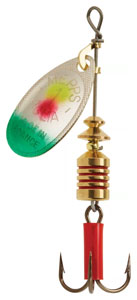
















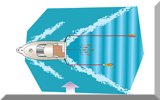

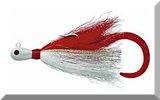
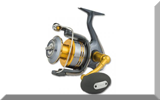
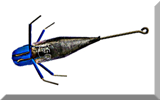
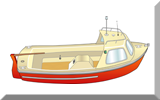
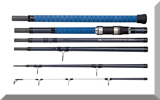
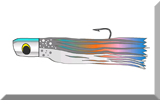
New! Comments
Have your say about what you've just read! Leave me a comment in the box below.